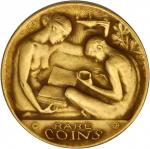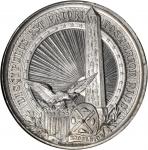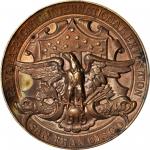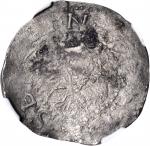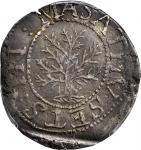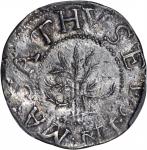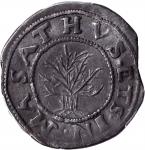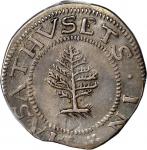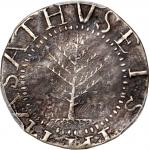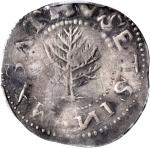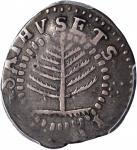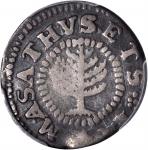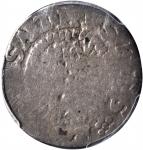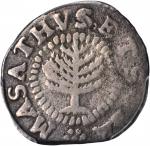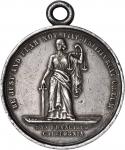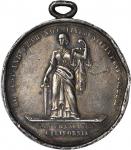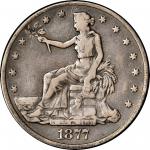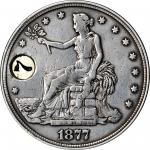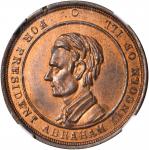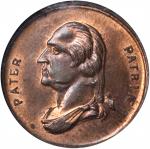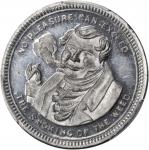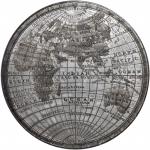Undated (Circa 1616) Sommer Islands Shilling. BMA Type I, W-11460. Small Sail. Fine Details--Environmental Damage (PCGS).;A respectable example of this historic, rare and iconic early American type. Both sides are boldly toned in a blend of ruddy brown and steel gray, the surfaces quite rough overall, although not unusually so for a Sommer Islands coin. The planchet is well formed, nearly perfectly round in shape, and it is large enough to have taken the entire impression from both dies. Given that the strike is also well centered, complete denticulation is noted for the outer border on both sides, at least where the stated qualifier and wear will allow. Most letters in the inscription SOMMER ISLANDS are legible, the denomination XII is faint yet discernible with patience, and the hogs mouth, legs and tail are clear. Also unusually sharp is the small star at the upper obverse border between the words ISLANDS and SOMMER. On the reverse, much of the hull of the <em>Sea Venture</em> is outlined, as are many of the sails, although the waves below the ship are indistinct, as are other features in and around the center. A few light, ancient scratches are noted, as follows: in the center of the obverse; from 3 oclock on the obverse border; and in an area of particular concentration on the reverse below the ship.<p>The European discovery of the Sommer Islands, or Bermuda Islands as they are known today, allegedly occurred in 1505 when they were visited by a Spaniard named Juan de Bermudez. British involvement did not come about until 1591, and then by accident, when Henry May, Captain Lancaster and others in their party were shipwrecked on the islands. Another, more significant shipwreck came in 1609 when nine ships carrying approximately 500 people bound for Virginia was driven ashore on the Bermuda Islands by a fierce hurricane. The castaways, who included Sir George Somers, found a ready supply of food in the form of the islands hog population. The first of these animals either found their way to the islands when Bermudez released some during his 1505 visit to serve as a food supply for shipwrecked mariners or were accidentally introduced by escaping from one of Bermudez ships when the Spaniard himself was stranded there during a later visit in 1532. Details of this incident are scarce and often conflicting, as they are with so many aspects of Sommer Islands coinage history. Regardless, the hogs were so important to the shipwrecked English colonists in 1609 that they became closely associated with the islands, hence the depiction of a hog on the obverse of the later coinage issue.<p>Although most of the English party managed to leave the islands in 1610 and make their way to Virginia, as originally intended, Somers returned later that year. He died shortly after arriving, on St. Georges Island, and the islands became known as the Sommer Islands in his honor. A larger party arrived from Virginia in 1612, this one spearheading a venture by a group of approximately 120 persons affiliated with the Virginia Company who had obtained a patent from King James I giving them authority over the area. From July 11 of that year until 1615 the islands were governed by Richard Moore and a series of short-lived successors under the umbrella of the Virginia Company. On June 29, 1615 the Bermuda Company was chartered as a separate entity, thereby ending the islands relationship with Virginia and the company which governed that colony.<p>Under the direction of a new governor Daniel Tuckar who arrived in the middle of May 1616, initiatives were taken to help the islands meet expectations that they would eventually develop into a thriving settlement and port of call. Authorized by royal patent on June 29, 1615 upon the founding of the Bermuda Company, the Sommer Islands coins did not reach the islands until Tuckars administration. Examples were struck in denominations of twopence, threepence, sixpence and shilling, but as the planchet stock used for each was brass as opposed to precious metal, the coins had exchange value as fiat currency but little intrinsic value. Even despite the fact that most examples were given a light wash or coating of silver did not promote their wider acceptability, and the coins traded exclusively in the Sommer Islands, and then again mostly at the company storehouse, where colonists exchanged them for supplies. Given that other commodities such as tobacco also served as useful mediums of exchange on the islands, the coins usefulness was short lived and by early 1618 they had been largely phased out, the survivors being simply discarded.<p>Widely regarded as the first coins struck for the English colonies in the New World, the Sommer Islands pieces have been taken into the wider family of American colonial coinage by advanced numismatists. Prior to the late 20th century all denominations were considered extremely rare. Thanks to the advent of modern metal detecting equipment, however, many ground finds have been recorded since the early 1990s. On the other hand the total number of pieces discovered to date remains limited, the extant population in no way large enough to meet current (to say nothing of future) numismatic demand. The threepence, in particular, remains very rare and, given the manner in which most examples were discovered, Sommer Islands coinage as a group is extremely difficult to locate with overall smooth, problem-free surfaces. Most examples are extensively corroded, many to the point where they are barely identifiable as to type.<p>The Small Sail variety, offered here, is the more frequently encountered Sommer Islands shilling in numismatic circles. It is also the most readily obtainable Sommer Islands coin irrespective of denomination or variety although, once again, we must stress that all issues in this series are rare in an absolute sense. This piece, with considerable definition remaining to the major design elements, is finer than many shillings unearthed by metal detectorists in recent decades, and it is a coin that comes highly recommend for inclusion in an advanced cabinet.;From the Antony Bettencourt Collection.



